Power Clean Progression: Techniques for Optimal Performance
Unlock your full potential by engaging with our experts and community! Have questions about your fitness journey or looking for expert advice on weightlifting techniques? Don’t hesitate — leave a comment below and Oleksiy Torokhtiy will provide a personalized answer and insights to help you reach your goals.
Torokhtiy is reader-supported. Some links are affiliate links, and we may earn a commission at no extra cost to you. See our disclosure page for details.
Power clean progression is a systematic approach to improving this lift, ensuring that athletes can execute it with greater efficiency, heavier loads and better form. It includes a series of exercises and drills that target the different phases of the power clean from the initial pull to the explosive finish.
Power clean progression is a systematic approach to improve the power clean by focusing on technique, increasing load capacity and ensuring proper form through a series of drills and exercises targeting each phase of the lift, this progression enhances performance and reduces injury risk.
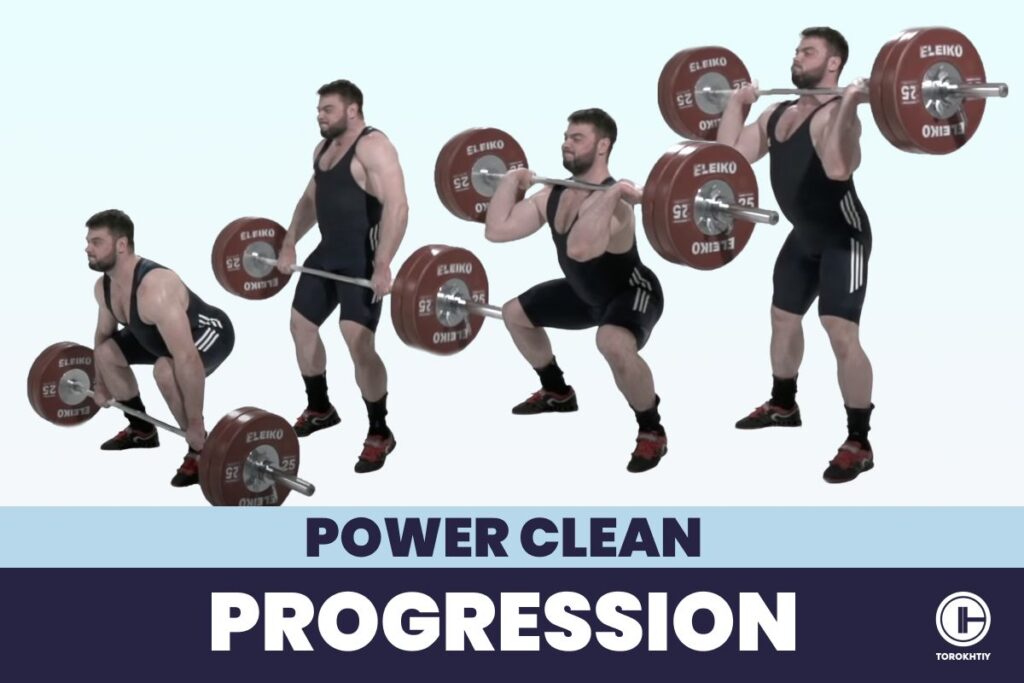
What is Power Clean?
In Olympic weightlifting, the power clean is essential for mastering the clean and jerk. Functional fitness enthusiasts incorporate the power clean into their routines to enhance athletic performance, agility and explosive power.
Similarly, athletes from different sports use the clean to improve their performance on the field by developing quick powerful movements.
It’s very important for beginners learning the lift through different progressions, and for advanced lifters, aiming to break through plateaus. Understanding and implementing power clean progression can significantly boost an athlete’s performance and reduce the risk of injury.
In this article, we will explore detailed execution of the power clean progressions for Olympic weightlifting, functional fitness and athletic training. Whether you are a novice or an experienced lifter, understanding and implementing power clean progression techniques will help you achieve optimal performance and elevate your training to new heights.
Power Clean Progression for Olympic Weightlifting
The progression for mastering the power clean in Olympic weightlifting begins with foundational drills that emphasize technique and form. These initial phases focus on building strength and familiarity with the movements required for the successful power clean.
Key drills include:
1. Front Squat
Build strength, while improving the ability and the catch position.
2. Hang Clean
Hang clean progression develops the ability to generate power from the hips and knees, while reinforcing the catch position.
3. Clean Pull
Teaches proper setup and pulling mechanics from the floor.
8 Progression Steps For Building Up to Full Power Clean
Teaching the power clean properly involves key factors: keeping it simple, making it repetitive. They aim to train the nervous system through repetitive practice, making sure the body learns the correct positions and patterns.
The progression to a full power clean involves a series of steps designed to build strength, coordination and technique:
1. Establish Stance
Start with a simple cue for foot width. Ask athletes to place one foot on the in-step of the other foot to establish their stance. This is not perfect, but usually an effective trick for taller or shorter athletes as necessary. For a more accurate stance, ensure feet are shoulder-width apart, toes slightly turned out and weight distributed evenly across the feet.
2. Establish the Grip
When establishing the starting position, focus on grip. Instruct athletes to grab the bar when the crook of their elbows just outside their knees. Ensure a tight back and emphasize simplicity. Encourage hookgrip to ensure a secure hold on the bar, which will be essential as the weight increases.
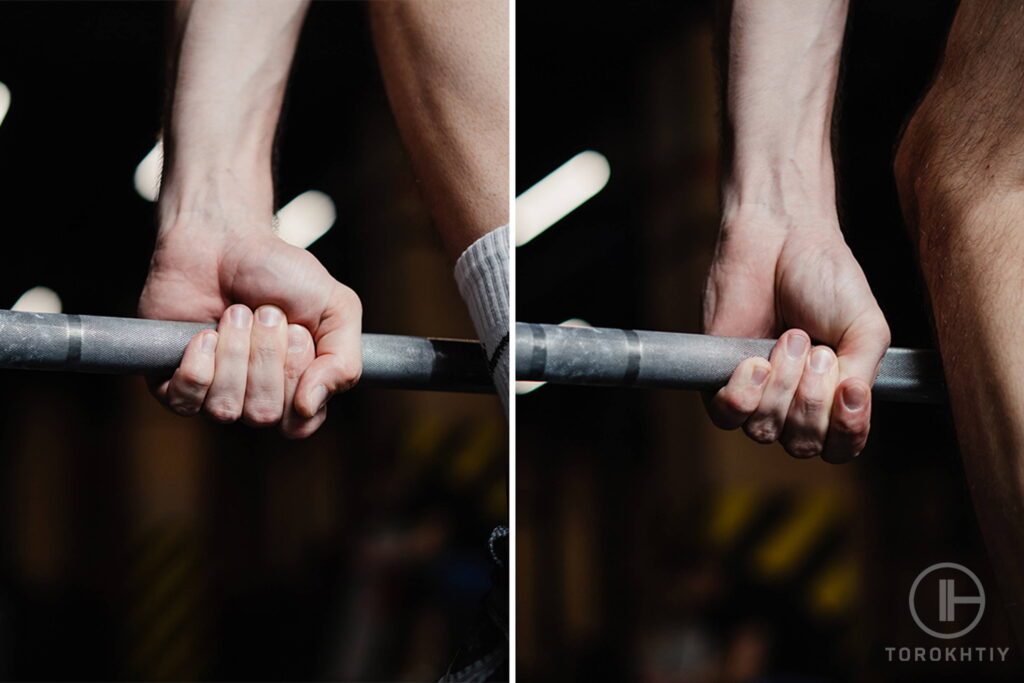
3. Top-Down Progression: Front Squat
With stance and grip established, move to the front rack position for a front squat. Have athletes squat with knees and hips moving simultaneously. The goal is to ensure the receiving position is correct and athletes can front squat properly. Emphasize keeping the elbow high and chest up throughout the squat to maintain an upright torso and stable front track position.
4. Muscle Clean from Hip
With the bar at hip level, athletes extend hips and wrap elbows around the bar. Ideally all fingers stay on the bar. Limited mobility may cause initial struggle, but this improves overtime. Add a front squat after a few muscle cleans from the hip.
Focus on strong, explosive hip extension, driving the bar upward and quickly rotating the elbows under the bar to catch it in the front track position.
5. Power Clean From Hip
Progress to a hip power clean. This teaches lifters to change direction moving from a muscle clean extension to a power clean`s finish and move under. Ensure hips extension coordinating with elbows, wrapping around the bar.
Follow the power clean with the front squat after a brief pause in the power catch position. Emphasize the importance of the bar path, keeping it close to the body and the rapid transition from the pull to the catchphrase.
6. Hang Power Clean Above Knees
Introduce the hang power clean, starting just above the knees. This variation helps athletes focus on the second pull and explosive hip extension. Instruct athletes to maintain a strong back position, engage the lats and use a powerful hip drive to propel the bar upwards. As they become more comfortable, gradually increase the weight to challenge their technique and strength.
7. Knee Pause Power Clean
Once athletes understood hip use and elbow rotation, introduced knee movement with pauses. Start from the hip, eccentrically lowering to a below the knee position, ensuring shins are vertical. Adjust knees if necessary.
Then, move to the above the knee position before finishing with power clean. Start with 2-3 reps. This drill emphasizes control, positioning and the transition from the first pull to the second pull.
8. Full Power Clean
Combine all elements, pulling floor from the floor and catching the bar in the front track position. Ensure athletes maintain a strong setup with a flat back, engaged core and shoulder over the bar. Emphasize the importance of patience during the first pull, transitioning smoothly to the explosive second pool and quick drop under the bar to catch it in a stable half squat position.
Each of these steps should be practiced until the athlete demonstrates consistent technique and control before progressing to the next step.
Reinforce the need for consistent practice to develop proficiency in the power clean. Encourage athletes to incorporate power clean variations into their regular training routine. Emphasize the importance of focusing on technique, even during heavy lifting sessions to ensure long-term progress and minimize the risk of injury.
Save it for easy access!
Bookmark this page now to access the program and instructional videos anytime, anywhere.
Stop wasting time searching during your gym sessions.
Integration Into Olympic Weightlifting Programs
Integrating power clean progression into the Olympic weightlifting program involves strategically, placing these drills and progression within the training schedule. Typically, athletes will incorporate power clean work into sessions one time per week. Average working weight will be 60-80% of 1RM Squat Clean for 1-3 reps.
🔻POWER CLEAN PROGRAM
Elevate Your Game with the POWER CLEAN Program!
- 🏋️♂️ Boost explosive strength in 6 weeks.
- 💪 Enhance performance across sports.
- 📆 Three intense sessions per week for 6 weeks.
- 🔥 Natural, functional movements for athletic peak.
- 🏅 Achieve new results in the POWER CLEAN
- ⏱ Quick results without long-term commitment.
Join today and dominate your sport! 💥💪
Power Clean Progression For Functional Fitness
In functional fitness, the power clean is adapted to enhance overall athletic performance, including strength, power and endurance. Unlike traditional Olympic weightlifting where the focus is on maximal lifts, functional fitness incorporates power cleans into high intensity workouts to develop well rounded physical capabilities.
The goal is to perform power cleans efficiently under different conditions, like for example metabolic fatigue.
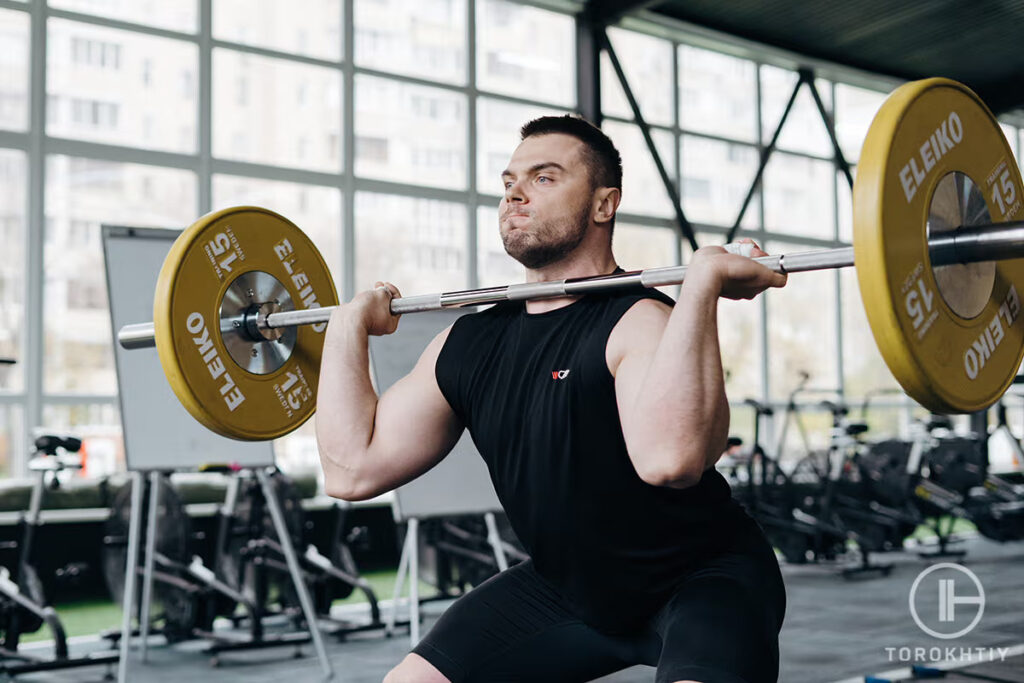
To effectively progress in power cleans within functional fitness, a combination of progressive overload and variation techniques is essential. Progressive overload involves gradually increasing the weight or volume of the lifts to continuously challenge the muscles and improve strength. Variation techniques keep the workouts engaging to prevent plateau.
Ideal scenario would be to train technique not till you can do it great, but till you can’t do it bad, in any conditions (like metabolic fatigue caused by previous exercise)
Some of the Key strategies to progressively overload your body: volume, intensity, frequency, rest time, tempo etc.
1. Increasing Load
Gradually add weight to the barbell as strength improves.
2. Volume Progression
Increase the number of sets and reps overtime.
3. Tempo Training
Vary lifting speed, incorporating, slow eccentrics or explosive Concentrics
4. Complexes
Combine cleans with other movements, such as front squats, push presses, pulls to enhance overall functional fitness.
4 Examples Of Functional Workouts Incorporating Power Cleans
Here are a few examples that incorporate power cleans:
1. EMOM
Perform 3 power cleans every minute for 10 minutes. Focus on maintaining form and speed throughout the workout.
Follow us!

Free!
Get a 2-week Weightlifting Program as a bonus for the subscription to kickstart your training plan!

Free!
2. AMRAP
In 12 minutes complete as many rounds as possible of 12 power cleans 12 box jumps 12 pull-ups. This workout can test muscle endurance, and strength.
3. Power Cleans & Burpees
10 rounds of 5 power cleans and 10 burpees. This workout combines explosive lifting and conditioning allowing you to test your lifting technique under fatigue.
4. Ladder
Start with 1 power clean in the first minute, 2 in the second and so on until failure. This workout challenges both strength and endurance.
Power Clean Progression for Athletic Training
Power clean progression can be tailored to meet the specific demand of various sports. By focusing on sports specific movements and requirements athletes can develop the necessary strength, power and explosiveness.
For example, football players might emphasize heavy power cleans to build overall strength while track and field athletes may focus on lighter, explosive reps to enhance speed and power.
Incorporating variations of the power clean can significantly enhance athletic performance. Variations like the mid-thigh power clean, power clean from blocks and complexes, such as power clean + front squat, clean pull + power clean, target different phases of the lift.
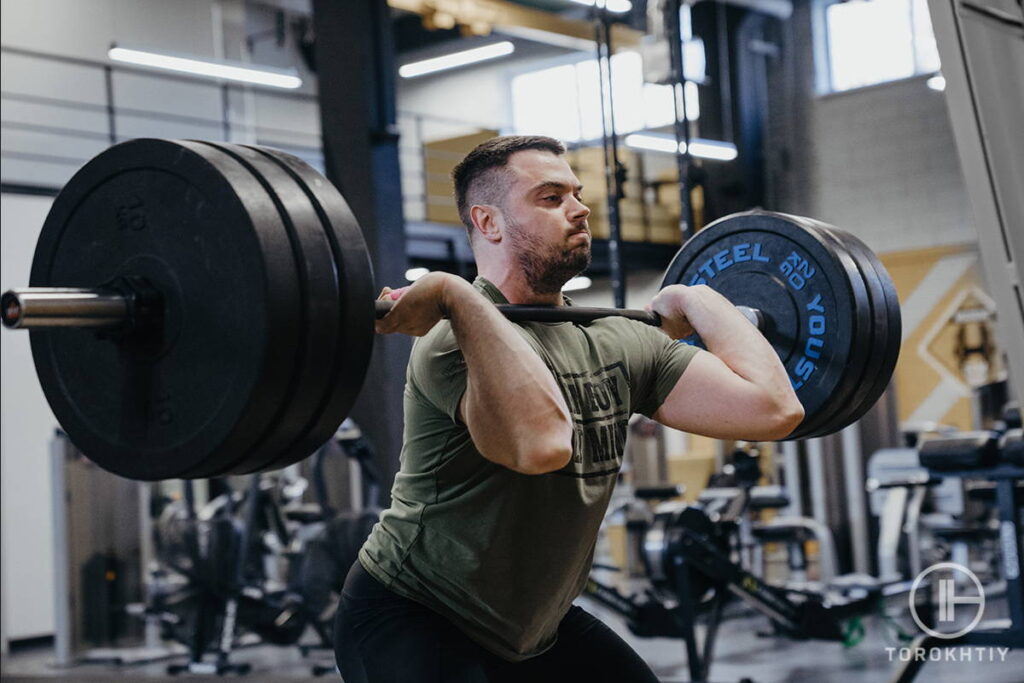
Integrating power clean progression into an athlete’s training routine involves periodization and careful programming. Power cleans can be included in strength and conditioning sessions, typically performed 2-3 times per week.
Ensure adequate recovery and complement power cleans with accessory exercises, such as squats, deadlifts and plyometrics to support overall athletic development.
Conclusion
The power clean is a fundamental exercise that enhances strength, power, coordination and overall performance. By following a structured progression tailored for Olympic weightlifting, functional fitness and athletic training you can achieve significant improvements.
We encourage you to implement these progression strategies into your training regimen. Share your experience insights and any questions in the comments below – we would love to hear from you and support your fitness journey.
References:
- Lachlan P. James, Paul Comfort, Timothy J. Suchomel, Vincent G. Kelly, Emma M. Beckman, G. Gregory Haff, “Influence of Power Clean Ability and Training Age on Adaptations to Weightlifting-Style Training,” Journal of Strength and Conditioning Research, November 2019, 33(11): 2936-2944.
- Saddam Akbar, Kim Geok Soh, Nasnoor Jazaily Mohd Nasiruddin†, Marrium Bashir, Shudian Cao, Kim Lam Soh, “Effects of neuromuscular training on athletes physical fitness in sports: A systematic review,” Frontiers in Physiology, Sec. Exercise Physiology, Volume 13, September 23, 2022.
- Huyghe, T., Goriss, B., DeLosAngeles, E., & Bird, S. P. (2021). Exploring The Power Clean. International Journal of Strength and Conditioning, 1(1).
- Kipp K, Malloy PJ, Smith JC, Giordanelli MD, Kiely MT, Geiser CF, Suchomel TJ. Mechanical Demands of the Hang Power Clean and Jump Shrug: A Joint-Level Perspective. J Strength Cond Res. 2018 Feb;32(2):466-474. doi: 10.1519/JSC.0000000000001636. PMID: 27669182.
- Comfort P, Allen M, Graham-Smith P. Kinetic comparisons during variations of the power clean. J Strength Cond Res. 2011 Dec;25(12):3269-73. doi: 10.1519/JSC.0b013e3182184dea. PMID: 22080325.
- Hori N, Newton RU, Andrews WA, et al. Does performance of hang power clean differentiate performance of jumping, sprinting, and changing of direction? Journal of Strength and Conditioning Research. 2008 Mar;22(2):412-418. DOI: 10.1519/jsc.0b013e318166052b. PMID: 18550955.
- Photos by Torokhtiy Media Team.
Why Trust Us?
With over 20 years in Olympic weightlifting, strength training, nutrition coaching, and general fitness our team does its best to provide the audience with ultimate support and meet the needs and requirements of advanced athletes and professional lifters, as well as people who strive to open new opportunities and develop their physical capabilities with us.
By trusting the recommendations of our certified experts in coaching, nutrition, and sports training programming, as well as scientific consultants, and physiotherapists, we provide you with thorough, well-considered, and scientifically proven content. All the information given in the articles concerning workout programming, separate exercises, and athletic performance, in general, is based on verified data.
The product testing process is described in more detail here.
Author: Oleksiy Torokhtiy
Olympic Weightlifting Champion
Best Results: Snatch – 200 kg,
C&J – 240 kg
Oleksiy Torokhtiy is a professional athlete boasting 20 years of experience in Olympic weightlifting. With multiple European and World titles under his belt, he has showcased his prowess in two Olympic Games (Beijing 2008 and London 2012). Upon concluding his illustrious career, Oleksiy dedicated himself to coaching. By 2022, he had conducted over 200 weightlifting seminars worldwide. He is the visionary behind an international sportswear and accessories brand known for its motto, “Warm Body Cold Mind.” Additionally, he is an esteemed author and the creator of a series of training programs and eBooks.


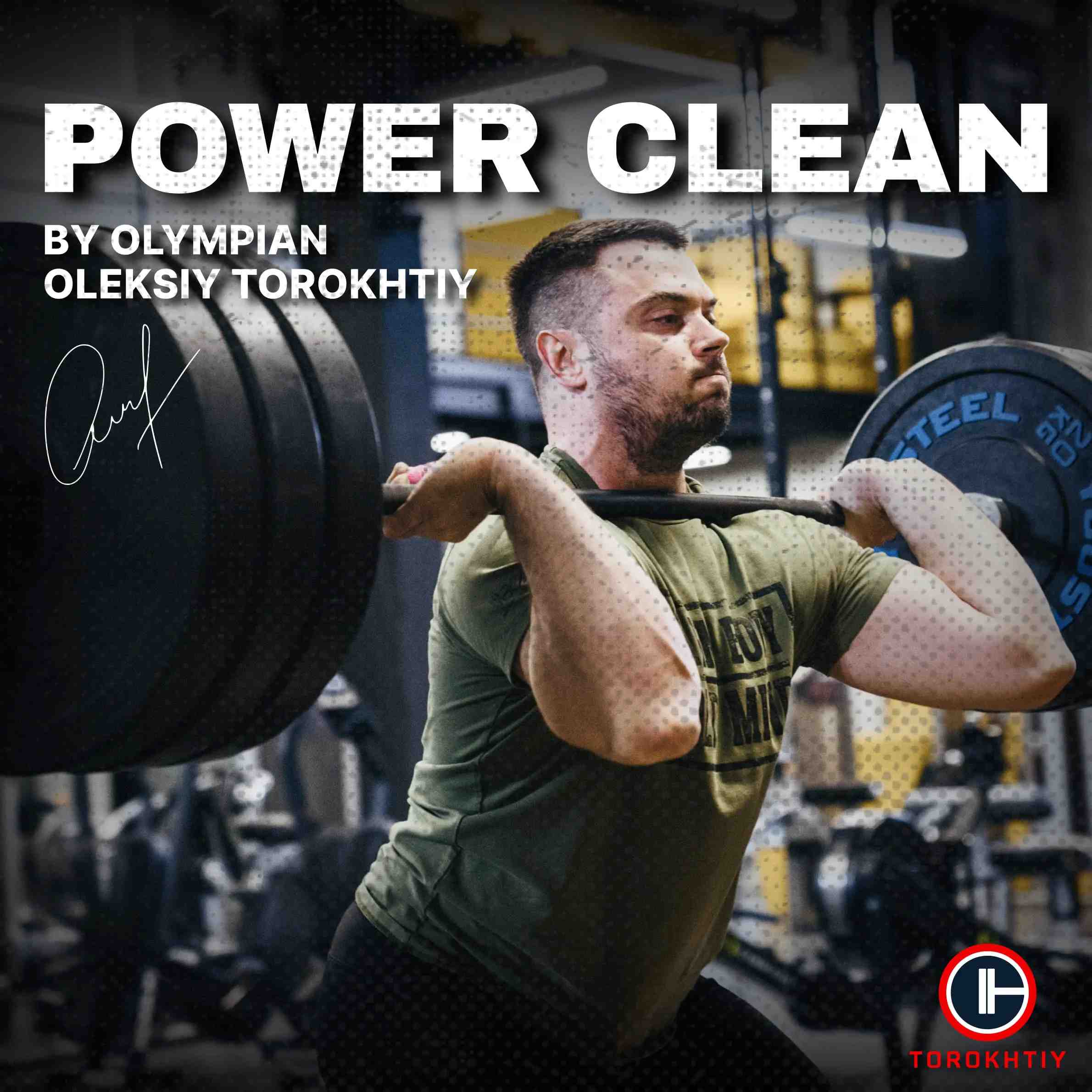
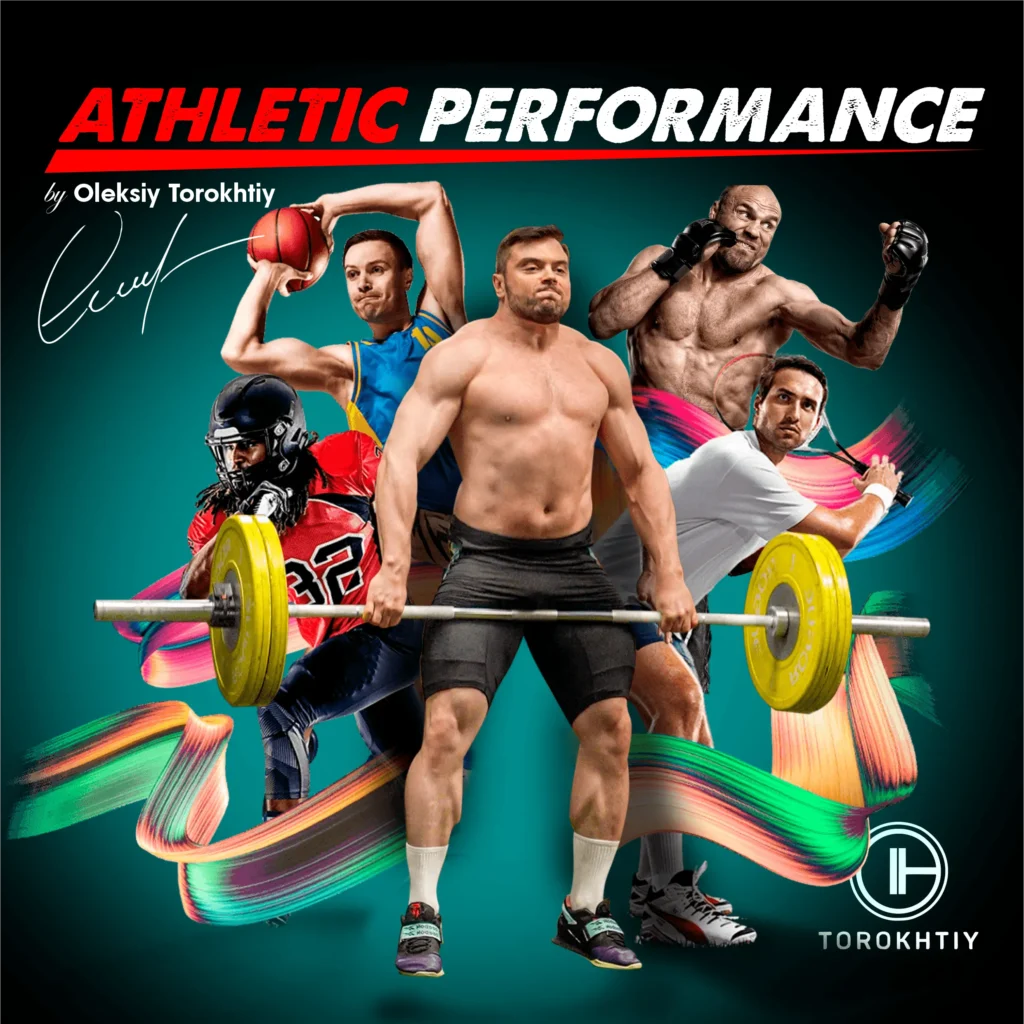

Still have questions after reading our article? Unlock your full potential by engaging with our experts and community! Don’t hesitate — leave a comment below and Oleksiy Torokhtiy will provide a personalized answer and insights to help you reach your goals.